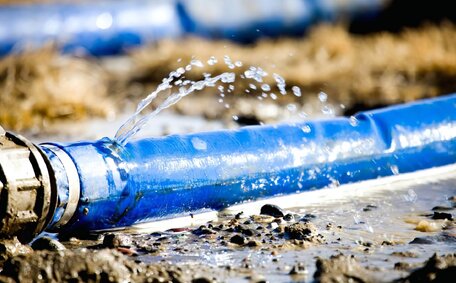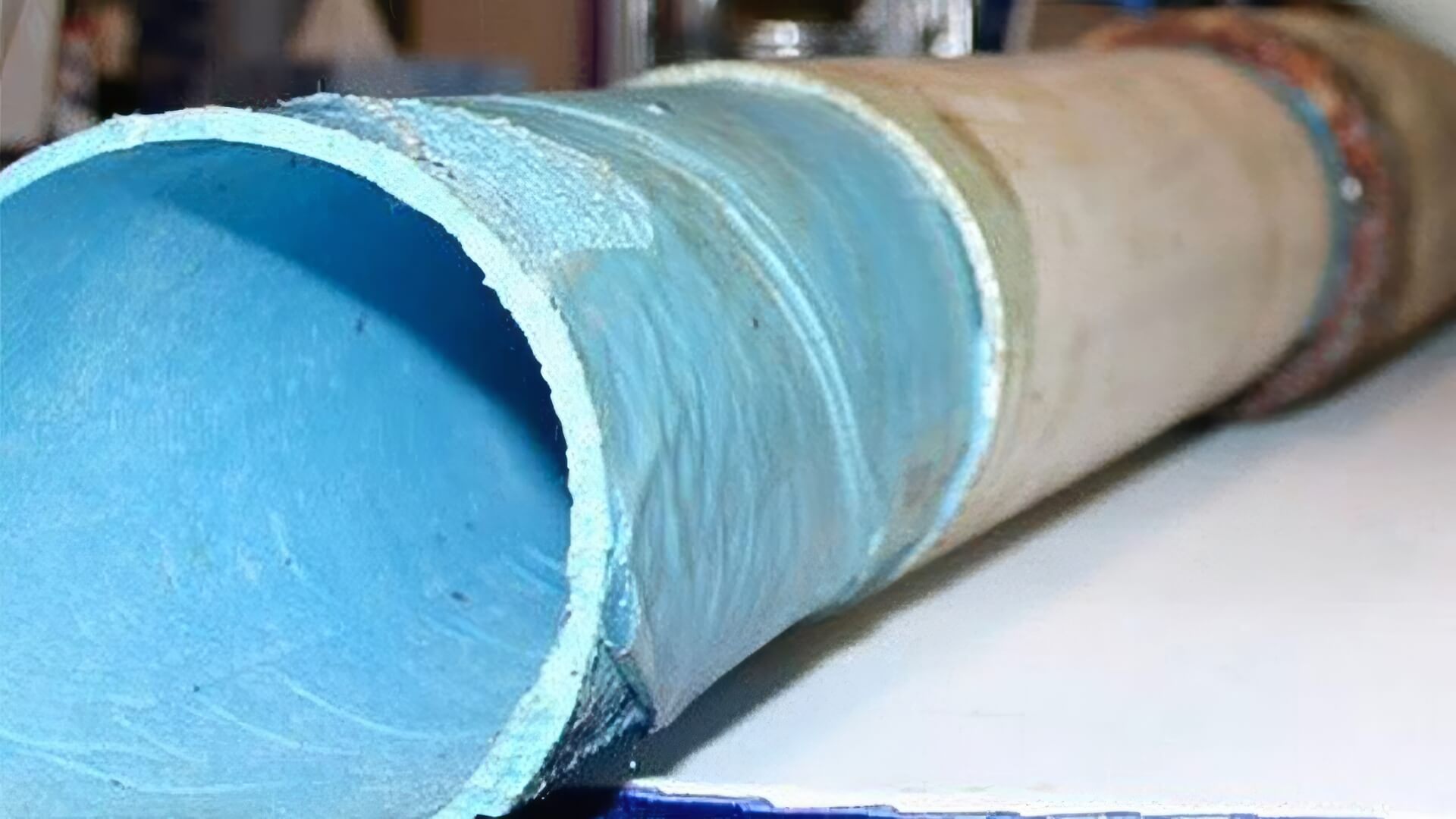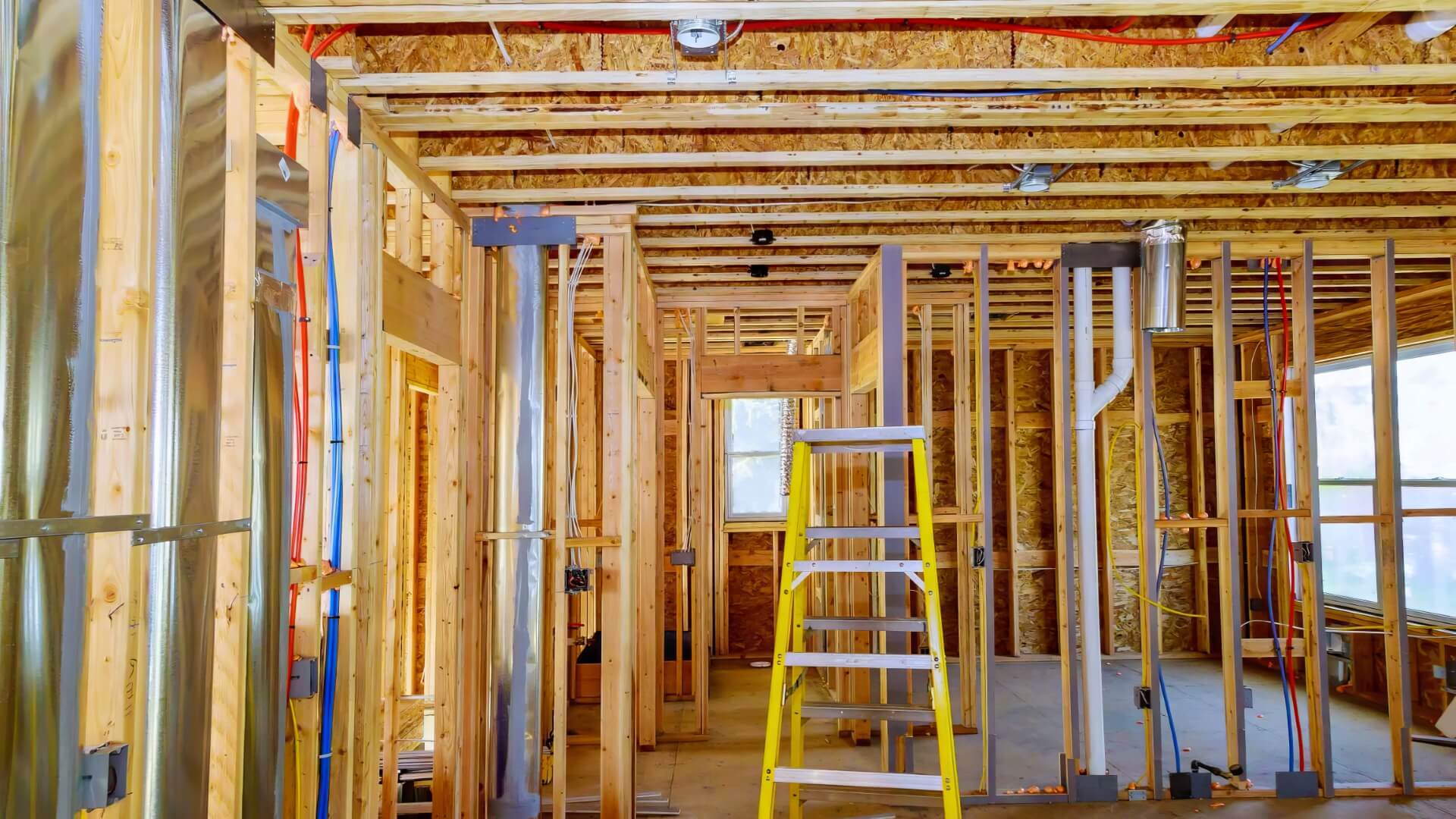Understanding Your Gas System
Knowing how to safely turn off your gas supply is an important skill for all homeowners. In an emergency or when maintenance is required, you may need turn off the gas to your property.
There are two main types of gas systems in homes:
- Natural gas - Delivered via underground pipes and metered at your property.
- LPG - Stored in cylinders or tanks and connected to the house gas lines.
The key components in your gas system include:
- Supply pipe - The conduits running from the gas metre into your home.
- Metre - Records and regulates your gas usage.
- Shutoff valve - Enables you to externally manage gas flow for appliances your home relies on.
- Appliances - Such as heaters, stoves and your hot water heater system.
- Gas appliances pilot light - A small flame inside that ignites the gas.
It’s crucial to properly shut off gas appliances and extinguish pilot lights before shutting off your main gas supply. This helps avoid any loss of pressure or gas leaks upon reopening the system.
Understanding how turn of your particular gas setup is invaluable knowledge for every homeowner. This guide will explain how to turn your gas off safely in various situations.
Locating the Gas Meter
To find your gas meter, check between meter box and external house features, as it is usually situated outside the home. Common outdoor positions are near the front boundary, on the side walls, or at the rear of the property.
In some cases, the gas metre may be situated indoors, such as in a utility room, basement, garage or hallway cupboard. Its location can vary considerably between homes.
When looking for your meter, search areas close to where the gas line enters your house. Also check any box-like enclosures fixed to external walls. The appointed gas retailer can advise if you’re still unable to pinpoint the meter’s position.
The emergency control valve (ECV), used to turn off gas supply your system relies on, is normally fitted just off the meter on the gas line. This shutoff valve allows you to turn the gas supply off and safely stop gas flow in an emergency.
Knowing more than just where your gas meter and gas shutoff valves are located is crucial. This allows you to act swiftly when you need to turn off the gas supply.
Identifying the Gas Shutoff Valve
The gas shutoff valve, typically off meter connections, is part of your gas main used to manually stop the gas flow when needed. For natural gas systems, the supply valve is typically located next to your natural gas meter outside, mounted on the gas piping.
The valve usually has a T-shaped handle on the top, and rotating it affects whether the gas supply can flow or not. When the handle is aligned parallel with the pipe, the valve is open and gas can flow, and conversely, is turned off when perpendicular. Turning the T-handle perpendicular to the pipe helps you turn off gas supply your home may require.
For LPG systems using gas cylinders, turn tap at the top of the cylinder to operate. Turn the mechanism top cylinder clockwise until tight to cut off gas supply.
Being sure turn of your gas supply promptly using shutoff valves is crucial in an emergency or when maintenance is required. Make sure you know where your shutoff valve is and ensure clear, safe access to it at all times.
Safety Checks Before Turning Off Gas
There are important safety checks to conduct before shutting off the gas supply:
- Make sure to turn off all gas appliances pilot flames, including those on standby. turn appliance knobs/dials fully clockwise to the off position, especially those regulating your hot water system.
- Check the oven, cooktop and any gas appliances pilot lights to ensure they are extinguished and no longer in operation.
- For LPG systems, check the cylinder pressure gauge reads zero before attempting to turn off water and gas supply at the cylinder valve.
- Ensure there no gas odour as you open windows around your appliances to ensure proper ventilation of the area.
- Alert all other occupants to evacuate the property.
- Ensure you know precisely where the valve located on your gas meter or LPG cylinder is for quick access.
- Keep ignition sources well clear of the areas while the gas is off.
Conducting these simple safety checks first will minimise the risk of gas leaks or hazardous accumulations when shutting off gas supply. It’s always a good idea to follow correct procedures for a safer process for both yourself and your home.
Step-by-Step Procedure to Turn Off Gas
Follow these steps to safely shut off the gas supply to your property:
- For natural gas systems, Locate the gas meter outside your home where you may need to control the gas supply to your premises in an emergency. Identify the gas supply valve fitted before your meter and ensure clear, safe access.
- For your LPG system, locate the valve at the top cylinder for operational control. Be sure to turn the pressure gauge to read zero before operating the valve.
- Open all doors and windows in the vicinity to ventilate the area.
- Evacuate all occupants before you turn your gas supply off.
- Verify all gas appliances, pilots and igniters are switched off.
- Use an adjustable spanner to turn the shut off valve or LPG cylinder valve clockwise until fully closed and tight.
- Check the pressure gauge on the gas metre or LPG cylinder reads zero to confirm the gas is off.
- You should turn to your gas utility or licensed technician to arrange reconnection by authorised personnel when gas services are needed again.
Take extreme care when turning off the gas supply. Check for leaks using soapy water after reopening gas valves. If the smell of gas persists, evacuate immediately and call your gas emergency line.
What To Do If You Suspect a Gas Leak
If you smell gas or suspect a gas leak, immediate action is crucial for your safety:
- Evacuate all occupants from the building if you detect the odour of gas inside.
- Avoid using any electrical equipment or ignition sources in case gas has accumulated in the area.
- If safe to do so, learn how turn off the gas supply at the main shutoff valve on the gas meter or LPG cylinder.
- Open all windows and doors to ventilate the area.
- Call our emergency plumbing line on 1300 349 338 for assistance and advice on how to use your gas supply safely.
- Do not re-enter the property until gas technicians confirm it’s safe for occupancy.
Warning signs that may indicate a gas leak include:
- The smell of gas fumes, like rotten eggs
- Hissing, whistling or squeaking sounds
- Dirt blowing from a hole or crack in the ground
- Dead vegetation in an otherwise moist area
- Flames coming from the ground or burnt vegetation
- Unusual dry spots on the lawn
- Damage to gas appliances from suspected gas explosions
Any gas leaks can be extremely hazardous if not addressed immediately; for safety tips, visit our website. Please visit our website to discover more about urgent services, or call 1300 349 338 so our licensed technicians can inspect for leaks and ensure safety.
When Professional Help is Needed
There are certain situations when it’s crucial to call a professional plumber for assistance with your gas system instead of attempting repairs yourself.
Seeking professional help is advised if:
- You smell gas or suspect any kind of leak
- Your gas appliances are not operating correctly
- You experience loss of gas pressure or irregular gas flows
- Damage, faults or corrosion are present on the gas pipe systems or fittings
- The gas metre or regulator sustains any physical impact or damage
Our licenced technicians have the expertise to help restore your entire gas system, including your hot water system, to safe working order. As registered gas professionals, we carry out leak detection, repair faulty appliances, replace damaged parts, and restore proper gas pressure.
For emergency call outs or general assistance with your gas system, contact our friendly team on 1300 349 338 or email jobs@balmainplumbingservices.com.au.
Long-Term Gas Disconnection
If you plan to disconnect your gas supply for an extended period, such as during renovations or vacating the property, it’s best to contact a licensed gas fitter.
A gas professional can:
- Safely turn off and re-light your gas supply when needed
- Cap water pipes and fittings to prevent leaks while gas is off
- Test and certify all gas appliances before restoring supply
- Adjust pilot flames and test pressure when reconnecting
Turning gas off incorrectly can cause dangerous leaks over time. Our team can ensure it’s done properly and safely when required.
For support with long-term gas disconnections or reconnections, contact our qualified technicians on 1300 349 338.
Turning Your Gas Back On
Turning your gas back on after it has been shut off requires care and safety checks.
Before restoring gas flow:
- Ensure all gas appliances are switched off, including pilots.
- Open windows and doors around appliances to ventilate.
- Check all fittings and valves for leaks using soapy water once gas is back on.
To turn the gas back on:
- Verify the area is ventilated before reopening gas valves.
- Use an adjustable spanner to slowly turn the gas shutoff valve or LPG cylinder valve counter-clockwise.
- Check appliance pilot flames ignite correctly when gas is restored.
- If you’re unsure, asking 'do I relight the pilot on my own?', call a professional for assistance before attempting to do so.
Only attempt to reconnect your gas if you fully understand the safe procedure. If in any doubt, contact our technicians on 1300 349 338 for help restoring your gas supply.






